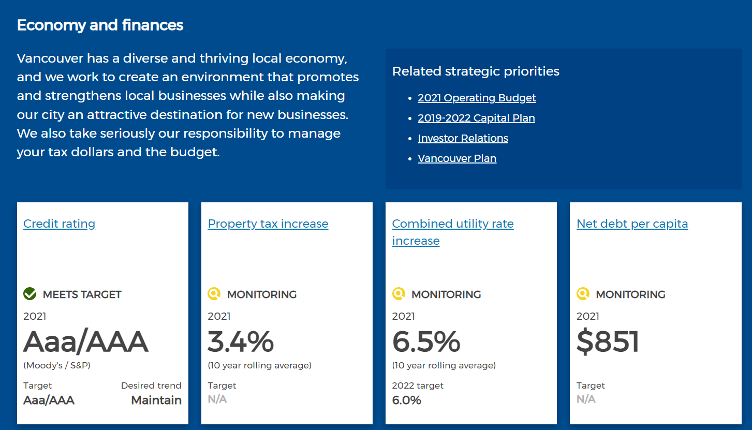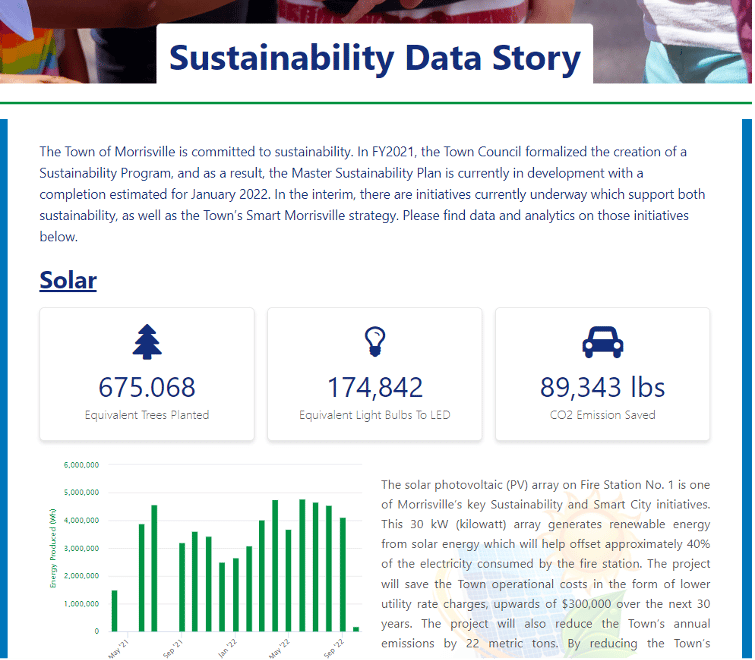Building cost-effective smart cities – whatever the size of your community

The benefits of smart cities are universal and spread well beyond major conurbations. Municipalities of all sizes can become smart through a combination of open data, sensors and new ways of sharing information, whatever their budgets or resources.
The idea of smart cities, where technology is used to improve urban life, is not new. We’ve seen innovations across the world, as city councils use a combination of sensors, open data, and apps to better meet the daily needs of their communities.
However, what is changing is how smart technology use is spreading. It now isn’t just a benefit for large cities, but is increasingly a differentiator for smaller towns with more limited resources. Given this shift, how can these communities create cost-effective smart cities and towns?
Understanding the benefits of being smart for every community
Smart city projects deliver four key advantages for every size of municipality:
Greater transparency
They build closer relationships with citizens by providing them with the information they need in their daily lives, increasing transparency and showing them they live and work in a great community. For example, the City of Vancouver in Canada has built 65 indicators to measure and enhance the performance of its activities around key themes such as access to housing and the provision of essential services. The dashboard for each indicator shows whether the objective has been achieved, is close to being reached or not yet delivered, as well as giving details of the metric itself. Detailed examples include response times to fire call outs, or the share of renewable energies in the city’s energy mix.

Partner with business
They engage existing businesses and attract new ones to the area by demonstrating an open approach to using technology to improve the urban environment. For example, sharing parking sensor or traffic data can help retail or hospitality businesses better plan opening hours or when peaks in demand are likely to be. In a competitive world, being business friendly is key to building strong, vibrant towns and cities.
Enabling innovation
Technology and data underpins potentially transformative new ideas, both inside and outside the municipality. For example, data can be shared with citizens, startups, researchers or businesses, enabling them to create new use cases that transform the urban living experience and people’s lives. The Town of Cary, North Carolina launched an innovative smart city project, analyzing wastewater for traces of opioids. This not only provided a more detailed picture of the issue of opioid addiction in the town, but also helped target actions to where they would deliver best results.

Increasing efficiency
Smart cities save time and resources for municipalities. Rather than having to manually check information or respond to queries from the public, smart city data provides a real-time picture of what is happening. Sharing data on key topics through open data portals reduces the number of incoming Freedom of Information requests, while access to data internally enables better decision making and resource allocation. Sensors can monitor and help manage key building metrics, such as temperature and lighting – they can even show when restroom bins need emptying!
Delivering a cost-effective smart city
The term “smart city” makes it sound as if only larger municipalities can afford to implement transformative technology. That’s very far from true – the cost of technology has fallen dramatically, and many places have already rolled out networks of sensors. What’s key is to build on this by focusing on getting this data out and available to every potential audience.
This approach requires five key components:
Community involvement
While staff within municipalities have great ideas for how data can be used to create smart cities, don’t just rely on your people for use cases. Ask your communities – both by researching their pain points and through competitions where they can share their ideas. The City of Geelong in Australia launched its Weather Together project, which recruited volunteers to host weather sensors in their home or workplace. Involving the community provides a real-time picture of temperature and weather across the city, while encouraging people to get involved and access the data in their day-to-day lives.

Making data easy to enrich and share
Having a central open data portal gives everyone access to smart city data in a single place. Publicize your portal to create a real buzz around it and ensure that it is simple for users to access the information they need, whatever their skills. Southern Grampians Shire Council in Australia is a small, predominantly rural council where agriculture is a major industry. It is collecting and sharing vital information relevant to its farming community, such as real-time hyperlocal temperature readings and water levels, all through an easy to use portal.

Finding ways of visualizing data in new ways
Citizens, businesses and employees all have different levels of data skills. Most users won’t be data scientists, so provide them with targeted, compelling data experiences to democratize access. These could be through zoomable maps, data stories or other visualizations. For example, the Town of Morrisville, North Carolina, US is showcasing its sustainability program via a data story on its open data website. This gives all the facts and figures behind the initiative, displayed in a straightforward, understandable and easy to read way for its 17,000 citizens.

Strong data governance
Public sector organizations clearly need to be 100% confident in the accuracy of their data and be sure they are fully protecting the privacy of their citizens. However, this shouldn’t be a barrier to becoming a smart city, particularly as much of the data collected by sensors is automatically anonymized. It does mean municipalities require internal data governance policies to be put in place, backed up by an open data platform that reinforces governance by following clear policies.
Make it seamless to administer
Smaller municipalities tend to have fewer people in their IT teams. This shouldn’t act as a barrier to reaping the benefits of smart cities. By choosing a technology platform that is easy to administer by non-specialists, municipalities can widen data sharing to a bigger team, for example involving people from the communications department. Equally, being able to access data should be simple and seamless for internal employees, helping them find the information they need to make better, faster decisions and therefore increasing efficiency.
Smart cities are no longer just for big players with correspondingly large budgets. They are now accessible to every size of municipality and are crucial to engaging citizens and businesses, while driving efficiency and innovation. Municipalities therefore need to focus on sharing the smart city data they have in new and engaging ways if they are to stand out as great places to live and work.

How can you create a cost-effective, data-driven smart city? Download our new ebook and learn how harnessing open data can help municipalities create smarter communities: what is a smart city, how does it benefit municipalities and what holds back success? how can you cost-effectively build a smart city? best practice recommendations from industry experts: discover the 10 steps to becoming a smart city using open data examples of use case successes from our customers: Morrisville, Cary, Kingston, Jersey City, Southern Grampians, Western Parkland and Bristol.

Every municipality and its stakeholders will benefit from effectively sharing data. However smaller, resource-constrained cities with limited budgets can find it difficult to start their data sharing programs - we look at how partnering with other local organizations can help them begin.


